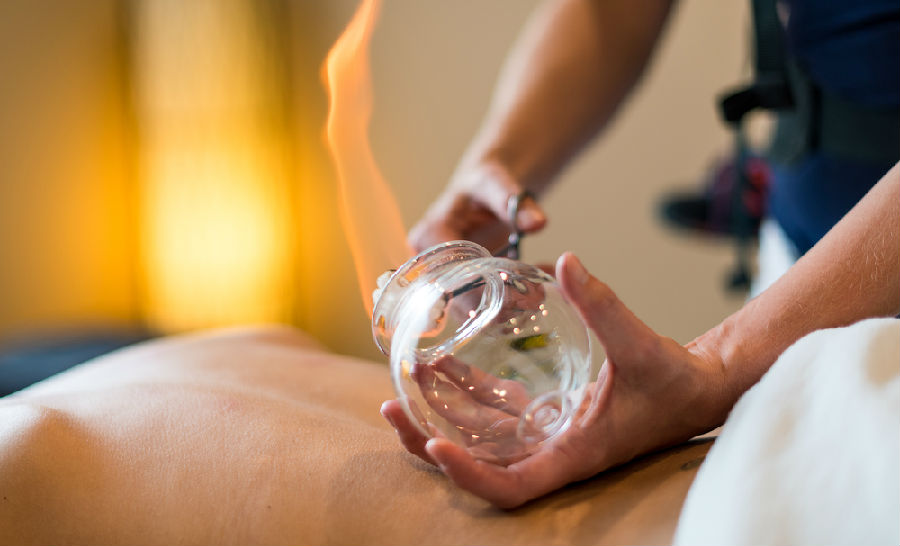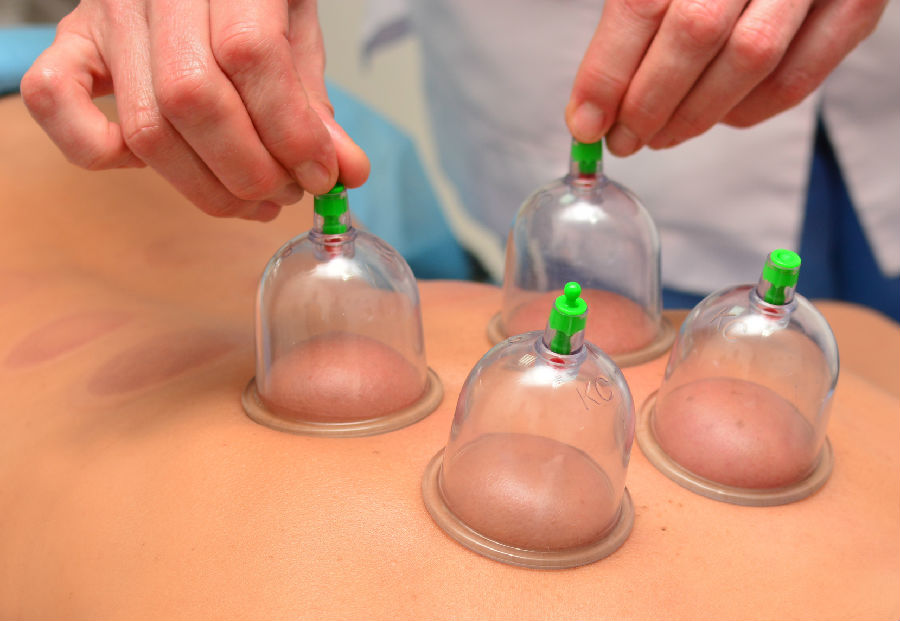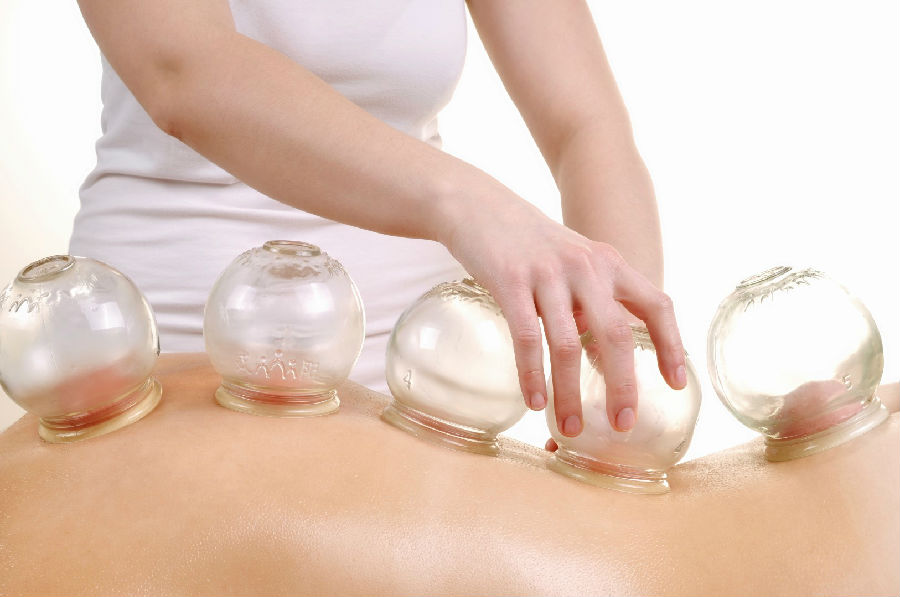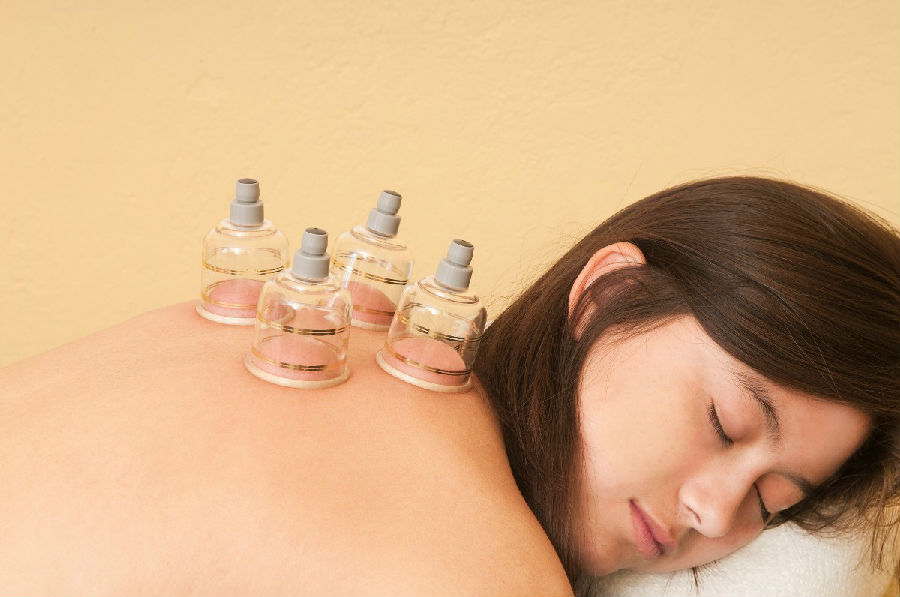

In recent days, the swimming races of Rio Olympic Games are in full swing. Except cheering for the high level competition of these swimming athletes, many attentive audiences were curious about the weird bruises on Michael Phelps' shoulders. But Chinese people knew that those bruises are the signs of cupping at first glance and were exciting for the popularity of cupping among international sports stars. Maybe some of you have got a rough idea of cupping therapy from some news reports. But what exactly is cupping therapy? When did such a therapy first used? How to use cupping therapy? What are the benefits of it? Here we bring you some more detailed information about the cupping therapy.
这几天里约奥运会的各项游泳比赛正在如火如荼的进行中。除了为游泳健儿们的高水平比赛叫好外,不少细心的观众都发现了Michael Phelps背上的奇异淤青印记。而中国观众们一看就明白这是拔罐的痕迹,同时为拔罐在国际体坛的流行倍感兴奋。也许你通过新闻报道知道了一些拔罐的大致情况,而拔罐到底是什么、从何时有、如何实施、有什么益处呢?这里我们为你带来了一些更详细的信息。
The history of cupping therapy
The cupping therapy is an ancient form of therapy, originated in the ancient Imperial China over 6,500 years ago. The earliest recorded use of cupping is recorded in Prescriptions for Fifty-two Diseases (五十二病方), the oldest Chinese medical book in existence, which dates to the Spring and Autumn Period (sixth century BC to second century BC). Then on the early fourth century AD, the noted herbalist Ge Hong wrote about a form of cupping in A Handbook of Prescriptions for Emergencies (肘后备急方). Later books written during the Tang and Qing dynasties described cupping in great detail. One textbook included an entire chapter on "fire jar qi", a type of cupping that could alleviate headaches, dizziness and abdominal pain.

How does cupping work?
In cupping therapy, a local suction is created on the skin; practitioners believe this mobilizes blood flow in order to promote healing. Suction is created using heat (fire) or mechanical devices. This form of healing therapy is non-invasive in nature and works on the Chinese surmise that ailments are caused when the "qi" or "ch'i" or the life force of the body is disrupted because of some ailment or injury. Cupping works to restore this equilibrium and thus heal the patient. This therapy takes its name from the cups that the practitioner uses to create vacuums over the affected points of the body.
Cupping treatments are believed to act as the reverse of massage treatments. That's because as against applying pressure on the skin, cupping uses vacuum pressure to pull it upwards using a variety of different cupping sets.
Once the vacuum is created, the cup can also be moved across the skin in a procedure called sliding cupping. However, care must be taken that the sliding cup does not move over bony areas of the body such as the shoulder blades or the ridges of the spine. This therapy works by loosening muscles and stimulating blood flow to a particular region.

Benefits of Cupping
Cupping has numerous benefits — it can help remove toxins from the body and stimulate the flow of fresh blood, lymph, and Qi to the affected area and throughout the body. It often works wonders for patients with the flu, colds, coughs, back and muscle pain, poor circulation, anxiety, red itchy skin conditions (though cups are not applied to inflamed areas), allergies, fevers, aches and myriad other pains.
Cupping can help you overcome old and new injury by:
1. Increasing circulation
2. Increasing oxygenation and tissue delivery
3. Remove old stagnant blood
4. Cause micro trauma and beneficial inflammation
5. Stretch fascia and connective tissue.
Cupping is helpful when used in conjunction with joint manipulation and acupuncture. Cupping, like many holistic techniques works at different rates for different people. Supporters also believe that cupping therapy can reduce pain and inflammation throughout the body. And they say it can promote mental and physical relaxation and well-being.
After reading this article, I think you have had a clearer understanding of cupping therapy. Given the chance, would you like to try cupping? Actually, this kind of treatment is totally not as terrible as it looks, and definitely worth a try!



 闽公网安备 35020302035673号
闽公网安备 35020302035673号
0 responses on "What exactly is cupping therapy?"